
Featured Blog | This community-written post highlights the best of what the game industry has to offer. Read more like it on the Game Developer Blogs or learn how to Submit Your Own Blog Post
Composing video game music to build suspense, part 2: jarring jolts
The 2nd of a 5-part series. Video game composer Winifred Phillips shares strategies from her GDC 2017 talk, Homefront to God of War: Using Music to Build Suspense. Part 2: Jarring Jolts, with discussion of jump scares, bumpers & whooshes.

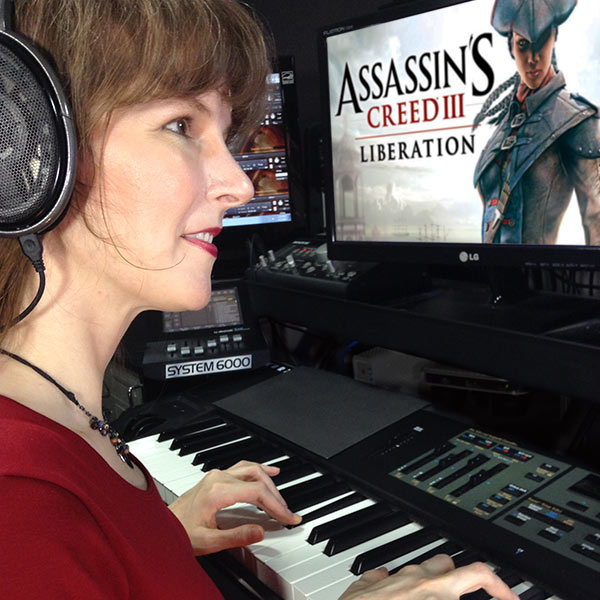
By Winifred Phillips | Contact | Follow
Welcome back to our five-part discussion of some of the best techniques that video game composers can use to enhance tension and promote suspenseful gameplay. These articles are based on the presentation I gave at this year's Game Developers Conference in San Francisco, entitled Homefront to God of War: Using Music to Build Suspense. If you haven't read our previous discussion of Ominous Ambiences in part one of this series, please go check that article out.
Are you back? Good! Let's continue!
We’ve already talked about how to create an edgy, ominous atmosphere. By carefully nurturing the player’s suspense and anxiety, we can prime the player with an assortment of quietly unnerving sounds, until the player is perfectly ready for...
The Jarring Jolt technique
This is the second technique we’ll be discussing in our five-part article series on the role of music in building suspense. Like the Ominous Ambience (which we discussed in part one), the Jarring Jolt also owes a debt to the expert work of sound designers. In fact, the Ominous Ambience and the Jarring Jolt are fairly interdependent. One doesn’t work that well without the other.
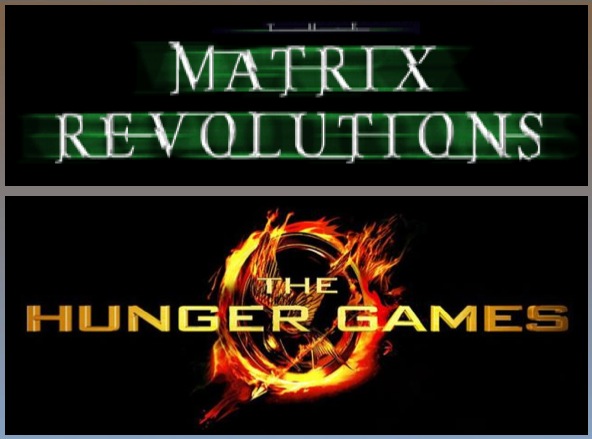 A good explanation of this comes from top film sound designer Paul Hackner, best known for his work on The Hunger Games and the popular Matrix franchise. In an interview with Audio Media International, Hackner says:
A good explanation of this comes from top film sound designer Paul Hackner, best known for his work on The Hunger Games and the popular Matrix franchise. In an interview with Audio Media International, Hackner says:
"If everything suddenly gets quiet and the music drops out that is not necessarily scary. It can often pull the audience out. It is more effective to have eerie drones, creepy winds, and rumbles come and go. The notion is counterintuitive, but it is necessary to let the audience know that a jump scare is about to happen."
The Jump Scare
 We’re probably all familiar with the idea of a jump scare – a hushed moment followed by a sudden appearance that’s calculated to be as startling as possible. Jump scares are a famous technique used in horror games and films, but we’ll also encounter sudden surprises in other genres. These jolts can be very effective in provoking a physiological response, bringing players into a hyper-alert state.
We’re probably all familiar with the idea of a jump scare – a hushed moment followed by a sudden appearance that’s calculated to be as startling as possible. Jump scares are a famous technique used in horror games and films, but we’ll also encounter sudden surprises in other genres. These jolts can be very effective in provoking a physiological response, bringing players into a hyper-alert state.
The jarring jolt is at its very best when it’s preceded by an ominous atmosphere, because players navigate such an environment with a feeling of persistent uncertainty, knowing that nothing is reliable, and nowhere is safe. When players are on edge to that degree, a jarring jolt can get their hearts racing.
There are many ways in which a video game composer can create a jarring jolt, but two of the most common methods come directly from the world of sound design. They’re heavily used in movie trailers, because they are an awesome way to get an audience’s attention. Their technical names are:
Bumpers and Whooshes.
So let's start with definitions.
The Bumper
 In music composition, a bumper may also be called a “hit,” but it’s essentially the same idea. A bumper is a sudden, jarring noise evocative of a violent impact that’s designed to arrest the listener’s attention. In sound design, bumpers are used often in correlation with a visual jump scare, but we can use bumpers in music to keep players on edge, even if there’s no corresponding visual cue.
In music composition, a bumper may also be called a “hit,” but it’s essentially the same idea. A bumper is a sudden, jarring noise evocative of a violent impact that’s designed to arrest the listener’s attention. In sound design, bumpers are used often in correlation with a visual jump scare, but we can use bumpers in music to keep players on edge, even if there’s no corresponding visual cue.
When I composed the Assassin's Creed Liberation score for Ubisoft, one of the tracks I wrote was for an action sequence in which the main character undertakes a dangerous escort mission.  She has to reach a checkpoint without being killed by the guards. It had to feel scary, so I built ominous ambiences and bumpers into the music to ratchet up the tension.
She has to reach a checkpoint without being killed by the guards. It had to feel scary, so I built ominous ambiences and bumpers into the music to ratchet up the tension.
Here's an example - notice how the music settles down to a light rhythmic texture with a dissonant midrange tone, and then gets interrupted by a big orchestral jolt:
The Whoosh
 A whoosh is exactly what it sounds like – it’s a sound that makes you think of something flying by your head.
A whoosh is exactly what it sounds like – it’s a sound that makes you think of something flying by your head.
More specifically, a whoosh is a high-frequency noise that’s followed by a long release or a reverberant envelope.
A cymbal roll is the most musically traditional example of a whoosh, 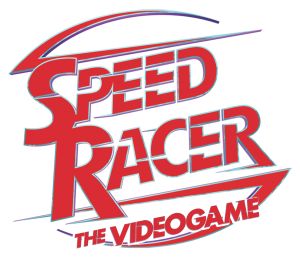 but there are tons of sound effects-inspired whooshes that can be used musically. They’re great for adding suspense and drama to a musical transition.
but there are tons of sound effects-inspired whooshes that can be used musically. They’re great for adding suspense and drama to a musical transition.
For instance, in this track that I composed for WB Games for my Speed Racer game score, I loaded the music with lots of whooshes. In music designed to make a racing game feel fast and intense, the whooshes helped to add tension and danger to the track:
Bumpers, whooshes, and ambience
Finally, let’s check out an example that uses all three techniques together. Here’s an in-game combat track I composed for Assassin’s Creed Liberation that’s built entirely around ambiences, bumpers and whooshes:
Conclusion
So now we've looked at the Jarring Jolt - the second technique for imbuing a game with tension and suspense. This concludes part two of this five part series based on my GDC 2017 talk, "Homefront to God of War: Using Music to Build Suspense." Part three will include a discussion of the Creepy Cluster technique, including strategies for video game music composers to best employ disconcerting intervals in order to build tension and suspense. Along the way, we'll examine music excerpts from two of my projects - the Dragon Front VR game from High Voltage Software, and the SimAnimals game from the blockbuster Sims franchise. In the meantime, please feel free to share your thoughts in the comments section below!
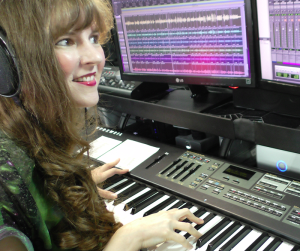 Winifred Phillips is an award-winning video game music composer whose most recent project is the triple-A first person shooter Homefront: The Revolution. Her credits include games in five of the most famous and popular franchises in gaming: Assassin’s Creed, LittleBigPlanet, Total War, God of War, and The Sims. She is the author of the award-winning bestseller A COMPOSER'S GUIDE TO GAME MUSIC, published by the MIT Press. As a VR game music expert, she writes frequently on the future of music in virtual reality games.
Winifred Phillips is an award-winning video game music composer whose most recent project is the triple-A first person shooter Homefront: The Revolution. Her credits include games in five of the most famous and popular franchises in gaming: Assassin’s Creed, LittleBigPlanet, Total War, God of War, and The Sims. She is the author of the award-winning bestseller A COMPOSER'S GUIDE TO GAME MUSIC, published by the MIT Press. As a VR game music expert, she writes frequently on the future of music in virtual reality games.
Follow her on Twitter @winphillips.
Read more about:
Featured BlogsAbout the Author(s)
You May Also Like

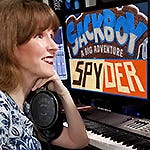





.jpeg?width=700&auto=webp&quality=80&disable=upscale)








